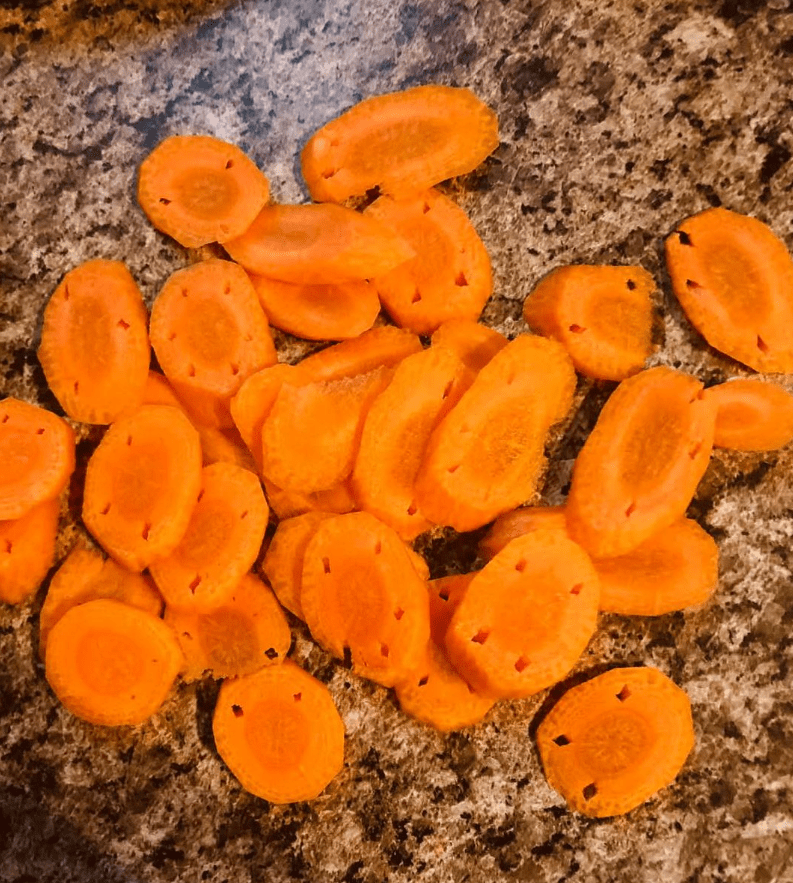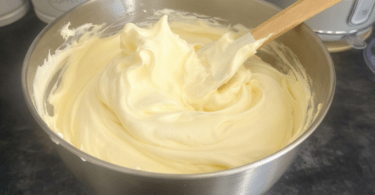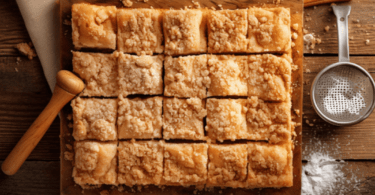Why Do These Carrot Slices Have Holes? A Closer Look at the Mystery of Imperfect Carrots
If you’ve ever sliced a carrot and noticed small holes or tunnels inside, you might wonder what caused them. The image above shows carrot slices with tiny holes, a phenomenon that’s more common than you might think. These holes are typically the result of insect activity or environmental factors during the carrot’s growth. Let’s dive into the details to understand what’s going on and whether these carrots are safe to eat.
What Causes Holes in Carrots?
The holes in carrots are most often caused by pests or disease during the growing process. Here are the most common culprits:
1. Carrot Fly Larvae (Psila rosae)
- What happens: The carrot fly is a common pest that lays its eggs near the base of carrot plants. When the eggs hatch, the larvae burrow into the carrot, feeding on its flesh and leaving behind small tunnels or holes.
- Signs: The holes are often irregular and may appear dark or discolored. In severe cases, the carrot may have a bitter taste or a mushy texture.
2. Wireworms
- What happens: Wireworms, the larvae of click beetles, also burrow into carrots. They create small, round holes as they feed on the root.
- Signs: The holes are usually clean and circular, and the carrot may still look healthy otherwise.
3. Fungal or Bacterial Infections
- What happens: Certain diseases, such as cavity spot (caused by the fungus Pythium), can create small pits or holes in carrots. These are less common but can occur in poorly drained soil or during wet growing seasons.
- Signs: The holes may be accompanied by discoloration or soft spots.
4. Environmental Stress
- What happens: Uneven watering, poor soil conditions, or overcrowding can cause carrots to grow irregularly, leading to cracks or small holes. While these aren’t caused by pests, they can make the carrots more susceptible to insect damage.
Are These Carrots Safe to Eat?
Yes, carrots with small holes are generally safe to eat, provided there are no signs of rot, mold, or a foul smell. Here’s how to handle them:
- Inspect the Carrot: Check for discoloration, mushy spots, or an off-putting odor. If the carrot looks and smells fine, it’s safe to use.
- Cut Away the Affected Areas: Use a knife to remove the parts with holes or tunnels. The rest of the carrot should be perfectly edible.
- Cook Thoroughly: Cooking the carrots can eliminate any lingering bacteria or pests, ensuring they’re safe to consume.
How to Prevent Holes in Carrots
If you’re growing your own carrots or want to avoid this issue in the future, here are some tips:
1. Protect Against Pests
- Use row covers to keep carrot flies and other pests away from your plants.
- Rotate crops each season to prevent pest buildup in the soil.
2. Improve Soil Health
- Ensure your soil is well-drained and rich in organic matter.
- Avoid overwatering, as excess moisture can attract pests and promote fungal growth.
3. Harvest Promptly
- Don’t leave carrots in the ground for too long, as this increases the risk of pest damage.
4. Use Companion Planting
- Plant carrots alongside pest-repelling plants like onions or garlic to deter carrot flies and other insects.
Conclusion
The holes in your carrot slices are likely the result of insect activity, such as carrot fly larvae or wireworms, or environmental factors during growth. While they may look unappealing, these carrots are usually safe to eat after removing the affected areas. By understanding the causes and taking preventive measures, you can enjoy healthier, hole-free carrots in the future.
So, the next time you spot a few holes in your carrots, don’t panic—they’re just a sign that nature had a little snack before you did! 🥕








